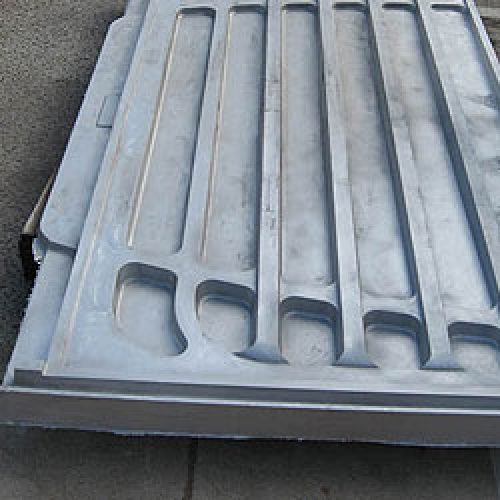All the processes that define the metal-working industry are fascinating, but let’s pause in this diligent endeavour for a moment. Take a breath, and use this rest period to instead look at the do’s and dont’s in non-ferrous metal casting.
Do Use Your Resources
In the past, we’d have called this craft an art, but non-ferrous casting is now a science. DO use the computer-aided resources at hand. Conduct simulations and case studies before making a tooling commitment. This way, the failures are relegated to computer space, not an expensive run of cast parts.
Do Embrace a Mature Operating Environment
This second DO makes its entry directly below the technology tip because they’re irrevocably linked. DO employ the mechatronic and electronic devices that assist the process. This may include robotic arms or a safer operational environment, one governed by a more scientific approach to what was once viewed as a purely mechanical process.
Don’t Forget Expansion Coefficients
Ferrous castings experience expansion when they’re cast. The cooling period then causes the liquefied metal to contract. Aluminium and other key non-ferrous metals expand more when they’re processed at a foundry, so they also contract and shrink when they cool. Evaluate material shrinkage factors during the solidification stage. In essence, know the heating and cooling envelopes of all ferrous-free alloys, for negative thermal expansion effects will spoil the melt.
Don’t Get Stuck on Refractory Materials
Sand and refractory castables are employed when extremely high pouring temperatures exist in the foundry. A quick look at the technical sheets for non-ferrous metals reveals certain commonalities, including their much-vaunted low melt points. Refractory materials are not required. Additionally, this alloy family is well suited for lightweight applications, so DON’T use them for heavier products if a steel substitute can be used.
Do Account for Geometrical Factors
Investment casting technology produces some of the most detailed product profiles in the castings industry. DO consider the casting technique when casting aluminium, copper, magnesium, and all other metals in this class. Aluminium, for instance, is the preferred metal when die casting and permanent mold processing is the order of the day.
Dimensional tolerances and wall thickness variances combine with geometrical profiles when the DO’s and DO NOT’S in non-ferrous metal casting are properly assessed. This, in turn, leads to consistently fine results. Prototypes and computer-modeled simulations then sit at one end of this processing study while the various casting techniques form a bookending conclusion.


